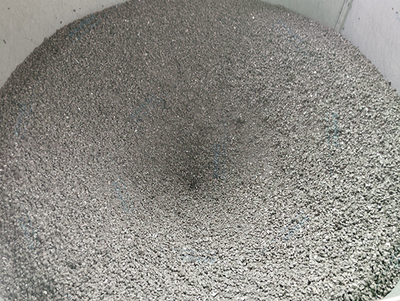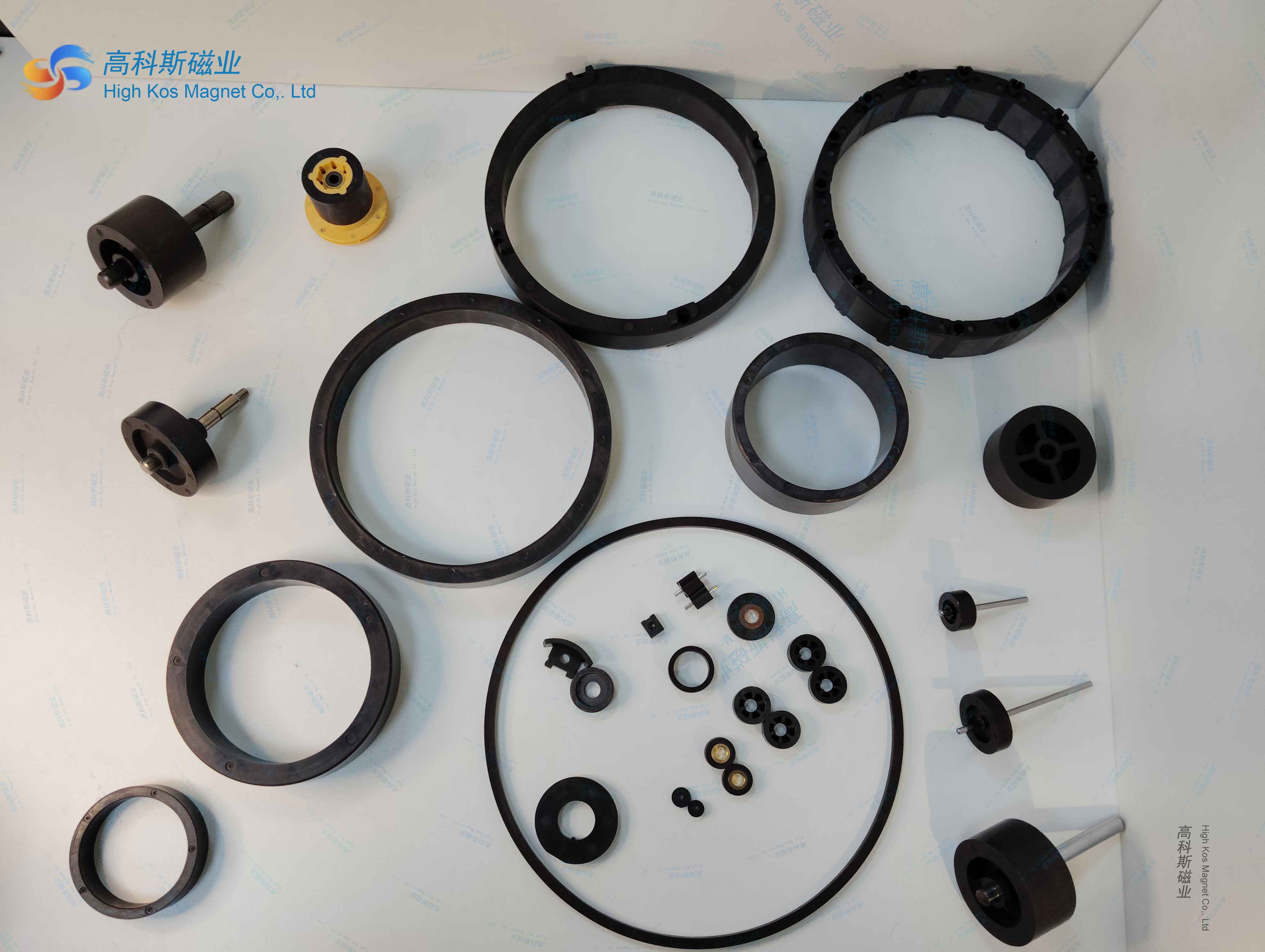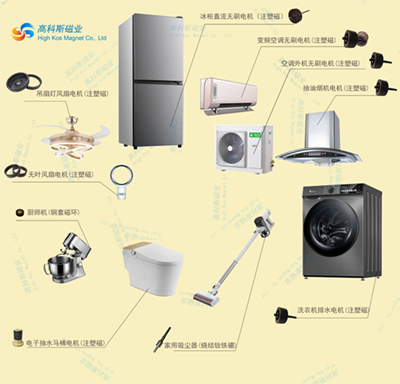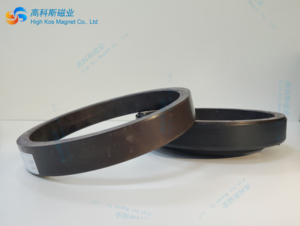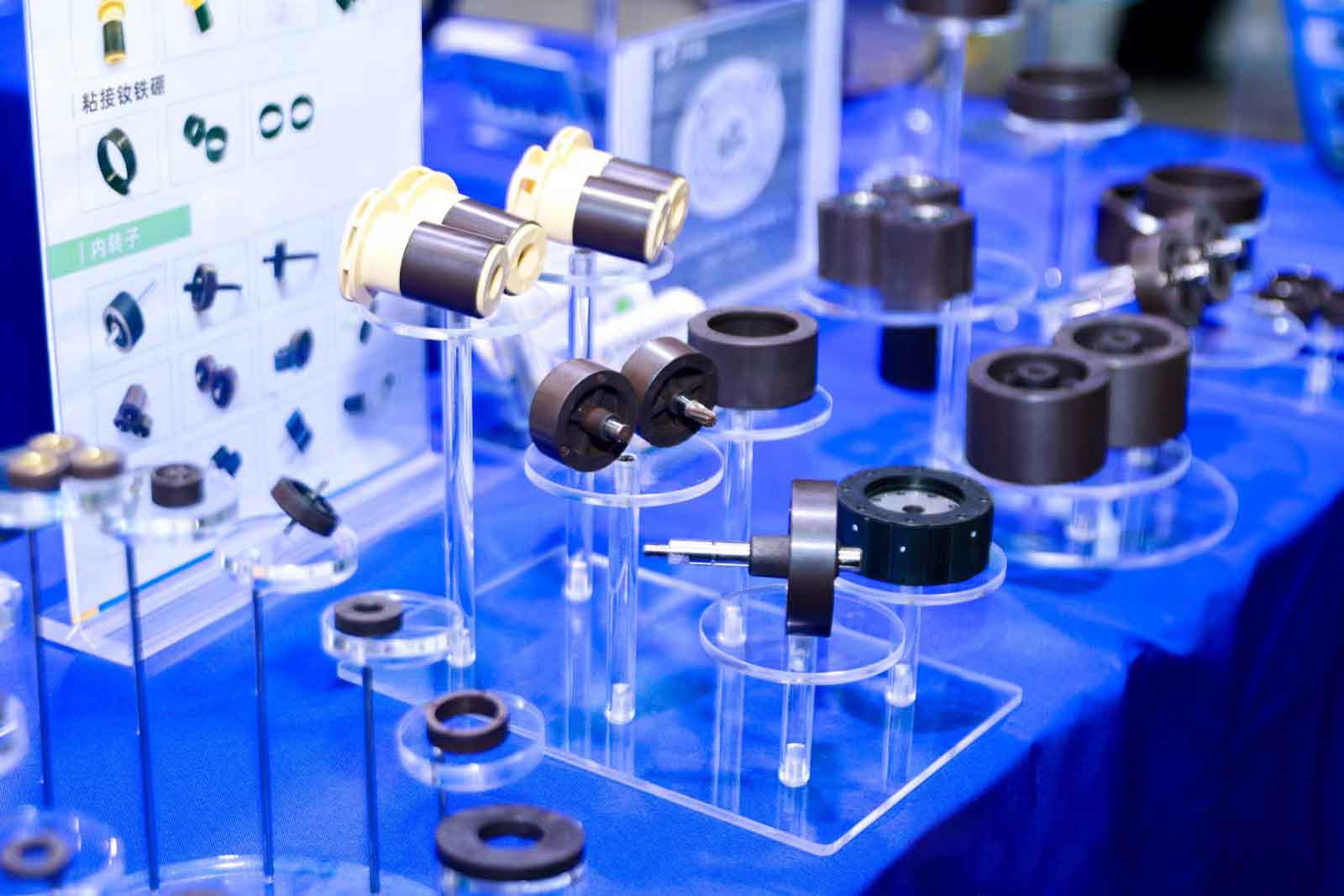The relationship between magnetic coercivity and pinning effect
There is a positive correlation between the coercivity and pinning effect of injection molded ferrite.
1. Theoretical basis
Pinning effect: refers to the phenomenon in which defects, grain boundaries, doping, and other microstructures in a material hinder the movement of magnetic domain walls. The more or stronger the pinning points, the more difficult the magnetic domain wall motion becomes.
Coercivity (Hc): Measuring a material's ability to resist demagnetization, a larger reverse magnetic field is required to eliminate remanence. When the pinning effect is strong, it hinders the reversal of magnetic domains and requires a higher magnetic field, resulting in an increase in coercivity.
2. The microstructure influence of injection molded ferrite
Grain boundaries and defects: Injection molding processes may introduce pores and impurities, forming pinning points. Grain boundaries, as natural pinning centers, enhance the pinning effect when the density is high, thereby increasing the coercivity.
Grain size: Small grains (nanoscale) increase the number of grain boundaries, strengthen pinning, and significantly improve coercivity; Large grains reduce pinning points and lower coercivity.
3. Material composition and process optimization
Doping elements: AddingAl³⁺,Cr³⁺, etc. can form a substitutional solid solution, introduce lattice distortion, enhance pinning effect, and increase coercivity accordingly.
Sintering process: Low temperature sintering preserves more grain boundaries, while high temperature sintering leads to grain growth and weakened pinning. Process parameters need to be balanced to regulate pinning density.
4. Experimental verification
Research data: Multiple studies have shown that the use of nanocomposite technology, such as introducing second phase particles, can significantly increase the pinning point and increase the coercivity of injection molded ferrite from 2 kOe to over 4 kOe.
5. Application significance
High performance requirements: In the fields of new energy vehicle motors, precision sensors, etc., high coercivity materials rely on reinforced pinning effects to ensure stability under high temperatures and strong magnetic fields.
Process control direction: By adjusting injection parameters (such as magnetic powder filling rate, molding pressure) and subsequent heat treatment, optimizing the pinning structure, and achieving directional improvement of coercivity.
summarize
In injection molded ferrite, the coercivity is positively correlated with the pinning effect. By controlling the microstructure (grain size, defect density) and material formulation (doping elements), the pinning strength can be effectively regulated, thereby designing high-performance magnetic materials that meet different application scenarios.
